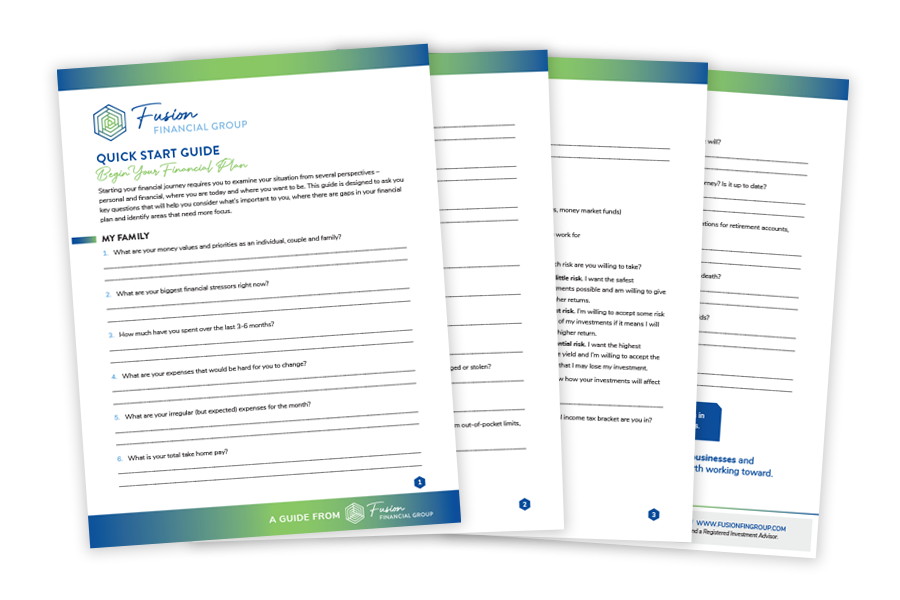401(K): The Preferred Vehicle for Retirement Savings
- October 6, 2022
- Posted by: Chris Marshall
- Categories: Financial Goals, Lifestyle

A 401(k) retirement savings plan is one of the most desirable fringe benefits a small business can offer. For a business owner, it can help strengthen a company’s position when competing for top talent. It can also be structured to help retain employees once they are hired. For employees, a company-sponsored 401(k) plan offers an excellent way to build a retirement nest egg through tax-deferred savings.
In Brief
A 401(k) plan allows each employee to set aside part of his or her salary, subject to certain limitations, in a separate account to grow on a tax-deferred basis. Participants have the flexibility to choose from among a variety of funding options offered by the plan. Employers may contribute to employee accounts by matching a percentage of their employees’ contributions. Withdrawals usually occur at retirement—when plan participants are more likely to be in a lower income tax bracket.
Possible Advantages
The benefits of a 401(k) plan are numerous and may include some, or all, of the following:
Pre-Tax Contributions
Employee contributions are typically made on a pre-tax basis, subject to certain limitations. By lowering their taxable salary or wages, plan participants are able to lower their income tax for each year they participate.
Employer Matching Contributions
Some employers match contributions up to a certain percentage. For instance, with a 50% match, an employer would contribute $0.50 for every $1.00 an employee contributes. The advantage of matching contributions generally depends on the level of the match and the employer’s vesting requirements.
“Vesting” refers to an employee’s right to the funds in his or her account. An employee’s contributions, and the earnings on those contributions, are fully vested from his or her start in the plan. An employer’s matching contributions vest according to a schedule that usually depends on the employee’s length of service. Thus, an employer can arrange the vesting schedule to reward and retain employees by fully vesting plan participants after, say, five years.
Variety of Funding Options
Plan participants may select from a variety of funding options. Most plans also allow employees to change their funding choices periodically to reflect their individual needs and goals.
Tax-Deferred Earnings
Earnings on any contributions accumulate on a tax-deferred basis. This includes earnings on matching contributions made by employers.
After-Tax Contributions
Many plans also allow employees to make after-tax contributions, subject to certain limitations. While these contributions do not lower the current year’s income tax, as do pre-tax contributions, they accumulate earnings on a tax-deferred basis.
Restrictions
As with all retirement plans, 401(k) plans have certain limitations:
Limits for Highly Compensated Employees (HCEs)
The contributions of HCEs may be limited if lower paid employees do not contribute a sufficient amount. Every year, plan administrators must perform certain “top-heavy” tests to determine the maximum amount HCEs may contribute.
Taxation at Withdrawal
Plan participants are subject to income taxes for pre-tax contributions when they withdraw the funds. However, after-tax contributions are not subject to further taxation when withdrawn.
Early Withdrawal Penalty
Withdrawals prior to age 59½ may occur only under certain circumstances and, when allowed, may be subject to a 10% early withdrawal penalty.
A 401(k) plan offers advantages for both employer and employees. For business owners, it can help attract and retain desirable employees. For employees, a 401(k) plan, when combined with income from other sources, such as Social Security, a pension, and personal savings, can help them work towards their retirement objectives. It’s no wonder that, for many, 401(k) plans have become the preferred vehicle for retirement savings.
Important Disclosures
This material was created for educational and informational purposes only and is not intended as ERISA or investment advice. If you are seeking investment advice specific to your needs, such advice services must be obtained on your own separate from this educational material.
Investing involves risks including possible loss of principal.
This information is not intended to be a substitute for specific individualized tax advice. We suggest that you discuss your specific tax issues with a qualified tax advisor.
This article was prepared by Liberty Publishing, Inc.
LPL Tracking #1-05306507
BNSB4013-X

Chris Marshall is a Wealth Advisor with Fusion Financial Group, an independent financial planning firm and fiduciary based in Denver, CO. Located in Wisconsin, Chris has 15 years of experience in the financial services industry. At the beginning of his career, he specialized in both portfolio construction and real estate products, fostering a diverse understanding of investment markets. He is compassionate, motivated and hardworking, making him a natural fit as a Wealth Advisor within an independent financial planning firm. Chris focuses on coaching small business owners and new investors. Chris majored in Business Administration at Colorado State University. Since then, he has built a background in investment model design and securities. Chris received the designation of Accredited Investment Fiduciary (AIF®), a symbol of his dedication to upholding the fiduciary standard for clients. When not working, Chris spends time at home in Appleton, Wisconsin with his wife, Kayla, and two young daughters, Winnie and Marlee. Chris grew up in Colorado and is a rabid Denver Broncos fan that can trace his legacy season tickets back several generations! Chris enjoys traveling, attending live concerts and watching just about any type of sporting event. To learn more about Chris, connect with him on LinkedIn.

